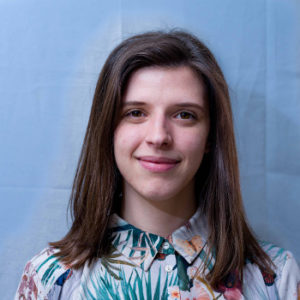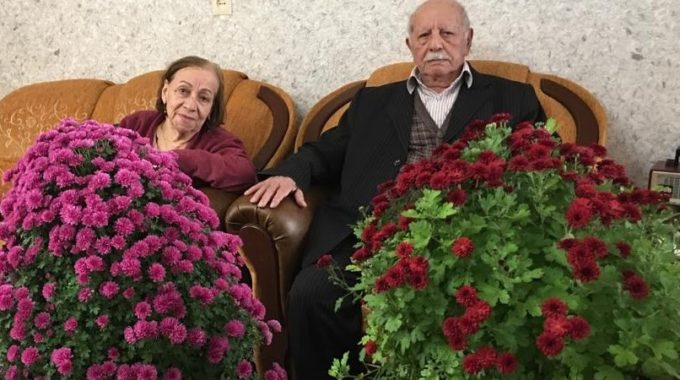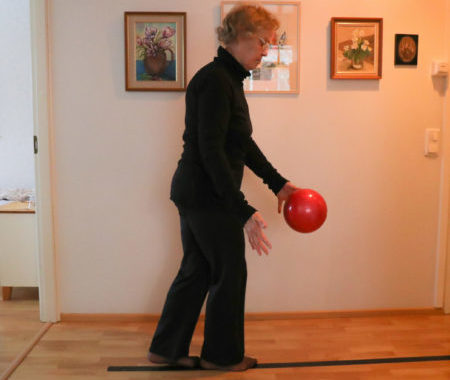
50 years of ageism

Federica Previtali
One day I entered a room, as a researcher, conducting data collection in a company. I was wearing a pantsuit and I was setting up cameras for data recording. Two men entered the room, both of them clearly older than me. I explained to them the aim of the study, the privacy related to the data collection and handed them the informed form. I was leaving the room, when one of the man, already sitting at the table, called me “the girl”. I remembered that I introduced myself to him and I remembered that other people, in the same context, referred to me as “the researcher” or “the doctor”. I felt offended and not respected in my role, I clearly felt that it has something to do with my age, and also, my gender.
Lately, I was checking the news and a picture of a woman caught my attention. She is part of the cast of the TV show dancing with the stars”, an adult and portrayed as “the old contestant” of the show. All the gossip newspapers were showing empathy to her male dancing partner, for having to take care of this “not-so-young-anymore” woman. Clearly, she was reduced to her age, to a mere number, without reference to her dancing skills, but rather her looks and data of birth.
These simple everyday observances are example of ageism, and, to be more precise, gendered ageism.
Robert N. Butler, an American psychiatrist and gerontologist, coined the term ageism, 50 years ago, in 1969. In his first publication about this, he defined ageism as “prejudice of one age group towards other age group”. He used this concept to explain why middle-class white Americans started protesting against the creation of a house for the poor old people in their neighbourhood, in Maryland, USA. He defined this as a new form of bigotry, alongside racism, that fosters fight among social groups. The underlining reason is the dislike towards older people, because of an inner fear of getting old and the ugliness associated with old age, disease and frailty.
Today, 2019, 50 years after the coinage of the term, it has entered the scientific literature and it has been researched in various fields, from gerontology to psychology, from law to social science and medicine. Nowadays, the most used and shared definition of ageism is “stereotype, prejudice and discrimination from one group towards another because of age”. It has taken a long to reach this type of complex and layered definition that still does not please all experts in the field.
The research on ageism is complex because the concept in itself is nuanced and layered. Thinking back to our example, the stereotypes about gender and age accumulate and mix with each other. There are many other categories that intersect, such as class, race, nationality, culture, sexuality, education, which can enhance the availability of negative prejudices. Therefore, there is still need for further research on the topic in order to unfold this knot of stereotypes, prejudice and discriminative behaviours.
Looking back to the 50 years of ageism, we might ask to ourselves: why do we need to use age to define others? Why do we use this reference to identify what we can or cannot do? Who is old and who is young? Who is a grandma and who is a girl?
Recently, researchers have started to shift their attention from age to ability. It is not our age that defines what we can or cannot do, which services we can or cannot afford, but it is our capability to live our daily lives. Society should not use a mere number to categorize and label people but it should create an accessible environment for people with all kind of capabilities.
Moving on to the next 50 years of ageism research, and to the challenges to tackle, Marie Curie Innovative Training Network “EuroAgeism” was created to work specifically on ageism, studying it from different perspectives. The promise of this program lies in its comprehensiveness, holistic approach and the true mixture of disciplines and perspectives dedicated to addressing ageism in Europe. Within it, the unique collaboration of science and policy creates applied research, aimed towards societal change. EuroAgeism aims to serve as a bridge between science and policy. Fifteen early stage researchers, working on fifteen different and interconnected projects, aim to create a coherent and holistic research agenda that is greater than the sum of its products; research that cannot be conducted by a single discipline or sector. From GEREC researchers Kirsi Lumme-Sandt, Pirjo Nikander, myself and Katri Keskinen are all involved in EuroAgeism.
Thinking about our society in 50 years from now, perhaps networks and actions like these have helped us move toward a more age-inclusive society?
You can follow the updates of EuroAgeism network and researchers on www.euroageism.eu.
Federica Previtali
Doctoral researcher
Faculty of Social Sciences, Tampere University
Gerontology Research Center


